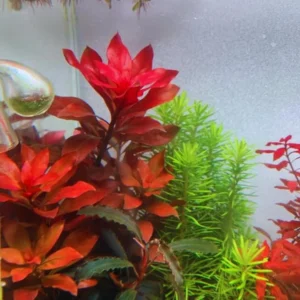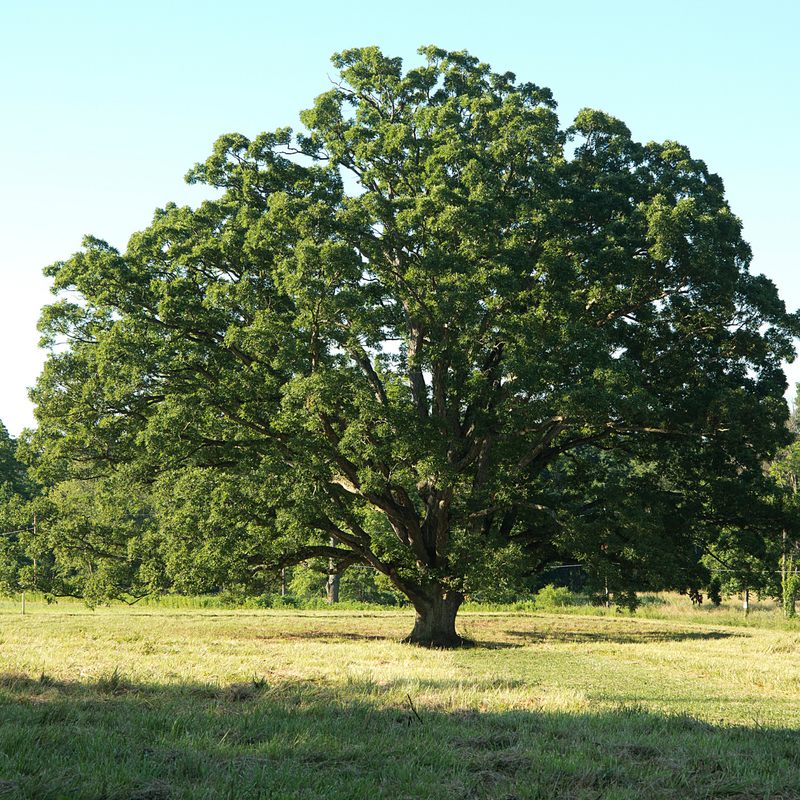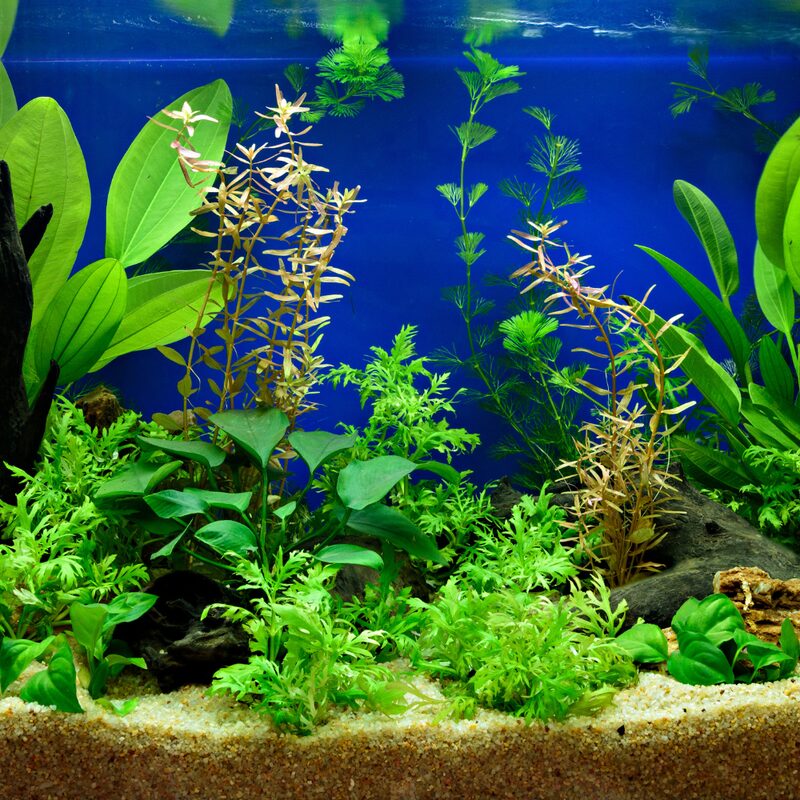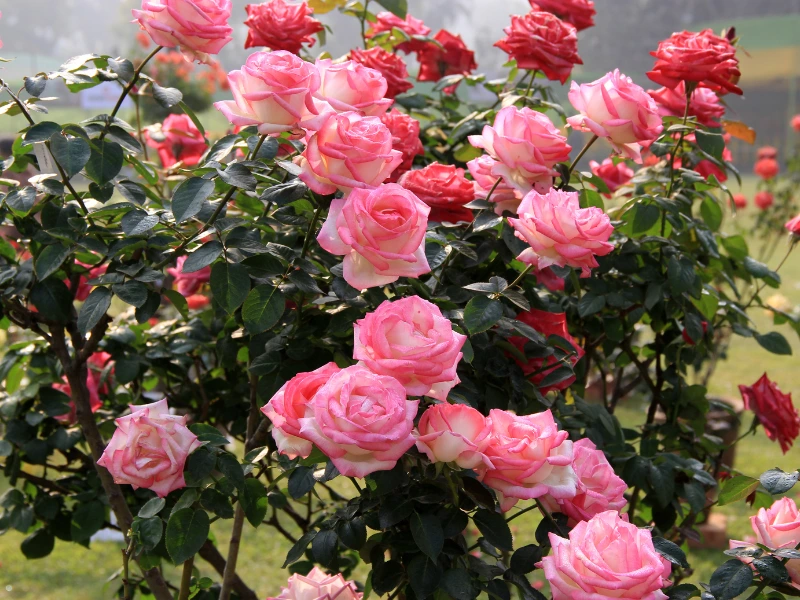-
×
 Corkscrew Sword Aquarium Plants Live, 1 Curly Aquatic Plant, Live Aquarium Plants, Freshwater Aquarium for Planting
$14.99
Corkscrew Sword Aquarium Plants Live, 1 Curly Aquatic Plant, Live Aquarium Plants, Freshwater Aquarium for Planting
$14.99 -
×
 Ludwigia Aquarium Plants Live, 1 Bundle Aquatic Plants, No Root, 5 to 7 Stems, Live Aquarium Plants, Freshwater Aquarium for Planting, Leaves Dark Green to Brownish Red or Deep Red
$14.99
Ludwigia Aquarium Plants Live, 1 Bundle Aquatic Plants, No Root, 5 to 7 Stems, Live Aquarium Plants, Freshwater Aquarium for Planting, Leaves Dark Green to Brownish Red or Deep Red
$14.99
Guide
Rose Bush Care: The Ultimate Guide
Are you tired of seeing your rose bushes produce fewer blooms each year, or worried they’re not as vibrant as they used to be? I’ve been there too. After countless trials and errors, I discovered some straightforward strategies that helped my roses thrive. Today, I want to share those tips with you so you can enjoy stunning, healthy rose bushes all season long. Let’s dive into the essentials of rose bush care!
What Is the Rose Bush?
A rose bush is a flowering shrub known for its striking blooms and delightful scent. Roses come in many forms—some are tall and stately, others are compact and bushy, while climbing roses love to sprawl up trellises. No matter the type, they all need proper care to stay healthy and produce those gorgeous flowers.
Key Features
-
Beautiful Blooms: Rose bushes are famous for their elegant petals and colors ranging from classic red to soft pink, yellow, and even lavender.
-
Variety of Types: You might grow shrub roses for borders, climbing roses for fences, and hybrid teas for their perfect, showy blooms.
-
Thorny Stems: Most rose bushes have thorns, so be careful when handling them.
-
Extended Blooming Season: With proper rose bush care, some varieties can bloom from spring through fall.
Planting the Rose Bush
Planting roses the right way sets the stage for robust growth and vibrant blooms. Let me walk you through each step.
Best Time to Plant the Rose Bush
I’ve found that early spring, just after the last frost, is ideal for planting roses in many parts of the United States. This timing allows them to establish roots before the hot summer days. However, in mild climates, fall planting can also be a good option. The key is avoiding extreme heat or freezing temperatures so the rose bush can settle into the soil with less stress.
Choosing the Right Rose Bush for Your Garden
Picking the perfect rose bush can make all the difference in how much time and effort you’ll spend on care and maintenance. With so many rose varieties out there, it helps to know what each type offers so you can find one that fits both your gardening style and your schedule.
If you’re unsure which variety will thrive in your area, browsing an online store Garden Tree Nursery can be a convenient way to explore different types of rose bushes and get expert advice on what grows best in your climate.

- Hybrid Tea Roses – If you love big, showy blooms on long stems—perfect for cut flowers—hybrid teas are a great choice. But be prepared for more hands-on care. They need regular pruning, consistent feeding, and careful monitoring for pests and diseases like black spot and powdery mildew.
- Floribunda Roses – Floribundas bloom in clusters of smaller flowers that keep coming all season long. They’re tougher than hybrid teas and need less attention, so if you want a constant splash of color without too much work, these might be your best bet.
- Grandiflora Roses – Think of grandifloras as a cross between hybrid tea and floribunda roses. They offer elegant blooms in clusters but require only moderate care. You’ll still need to prune and feed them, but overall they’re less fussy than pure hybrid teas.
- Shrub Roses – Shrub roses are some of the easiest to grow. They’re hardy, naturally resistant to diseases, and ideal for informal hedges or big garden displays. If you pick a variety like Knock Out roses, you’ll get plenty of color with just basic care and the occasional prune.
- Groundcover Roses – These roses stay low to the ground and spread out, making them perfect for covering slopes or bare patches. They’re super disease-resistant and only need a little pruning from time to time. Drift Roses are a popular option—small, bright blooms, and surprisingly tough.
- Climbing Roses – If you want to add vertical interest to your garden, consider a climbing rose. These beauties can transform walls, fences, and trellises with their cascading blooms. Just keep in mind that they usually need sturdy support structures, regular pruning to maintain shape, and occasional training to guide their canes where you want them to grow.
- English Roses (David Austin Roses) – Bred by David Austin, English roses combine the classic fragrance and look of old roses with modern perks like repeat-blooming and decent disease resistance. They land somewhere in the middle on the care scale: regular watering and a bit of feeding usually keep them happy.
Ultimately, the rose variety you choose will affect how often you water, fertilize, and prune—and how vigilant you need to be about pests. So pick a type that suits your climate and the time you can devote, and you’ll be on your way to a gorgeous, thriving rose garden.
Choosing the Right Location
Roses love sunlight. In fact, they thrive with at least six hours of direct sun each day. Look for a spot in your garden that gets morning sun to dry off any moisture on leaves. This helps prevent common fungal issues like powdery mildew. Also, make sure the area has:
-
Good air circulation
-
Some afternoon shade if you live in a very hot region
-
Easy access for watering and maintenance
Soil Preparation
Healthy soil makes all the difference. Roses prefer a slightly acidic to neutral soil, often around soil pH for roses in the range of 6.0 to 7.0. To improve your existing soil:
-
Mix compost or well-rotted manure to boost nutrients
-
Ensure good drainage by adding perlite or coarse sand if your soil is heavy
-
Avoid waterlogged areas because rose roots can rot in overly wet soil

Planting the Rose Bush
Dig a hole that’s wide and deep enough to accommodate the roots. I like to make sure it’s about twice the size of the root ball. Then:
-
Backfill: Mix some of the dug-up soil with compost or organic rose bush fertilizer.
-
Position: Place the rose so the graft union (the swollen area between the roots and the canes) is at or slightly above ground level.
-
Fill & Firm: Gently fill the hole with your soil mix and firm it around the base.
-
Water Thoroughly: This helps settle the roots and remove air pockets.
Container Planting Tips
If you have limited garden space, try growing roses in containers. I’ve had success with both dwarf shrub roses and certain climbing roses in large pots:
-
Use a container with drainage holes.
-
Choose a high-quality potting mix (not just garden soil).
-
Feed regularly with a best fertilizer for rose bushes to keep nutrients in check.
-
Water often because potted roses dry out faster.
Growing for the Rose Bush
Once your roses are in the ground or pots, it’s time to focus on day-to-day care. With the right watering schedule, fertilizer, and pruning routine, your roses will reward you with beautiful blooms.
Watering
I learned that roses need consistent moisture, but they dislike soggy conditions. Aim for:
-
Deep Watering: Water at the base of the plant so moisture reaches the roots.
-
Frequency: About 1-2 inches of water per week during the growing season. In hot climates, you might need to water more often.
-
Morning Watering: This helps leaves dry faster and reduces disease risk.
Fertilizing
Roses are heavy feeders and appreciate regular fertilization. I like to use an organic rose bush fertilizer because it’s gentle and improves soil structure over time. However, synthetic fertilizers can also work if applied correctly. Follow these guidelines:
-
Feeding Roses: Start in early spring, right after pruning, and continue every 4-6 weeks until late summer.
-
NPK Ratios: Look for rose-specific fertilizers (like 4-6-4 or 5-8-5).
-
Avoid Overfeeding: Too much nitrogen can lead to lush foliage but fewer blooms.
Pruning or Punching

Pruning might feel intimidating, but it’s critical for healthy roses and encourages new growth:
-
Timing: Prune in early spring just as new growth appears. For mild climates, consider a mid-winter prune.
-
Tools: Use clean, sharp pruning shears to prevent disease.
-
Technique: Remove dead, damaged, or crossing canes. Cut at a 45° angle about a quarter-inch above an outward-facing bud.
-
Deadheading: Regularly remove spent blooms (deadheading) to encourage continuous flowering.
Seasonal Rose Bush Care Tips
-
Spring: Prune and apply your first round of fertilizer. Check for pests like aphids.
-
Summer: Mulch around the base to retain moisture. Watch for heat stress and fungal diseases like black spot.
-
Fall: Stop fertilizing, reduce watering, and let the rose bush harden off before winter.
-
Winter: In colder areas, protect rose bushes by mounding soil or mulch around the base. If you’re curious how to care for rose bushes in winter, this insulation helps roots survive freezing temps.
Potting and Repotting
Container roses may need a new pot as they grow:
-
Signs It’s Time to Repot: Stunted growth, roots peeking out of drainage holes, or poor bloom production.
-
How to Repot: Choose a slightly larger container. Gently loosen the root ball, place it in fresh potting mix, and water well.
How to Propagate the Rose Bush
Propagating roses allows you to grow new bushes from cuttings. Here’s my simple approach:
-
Take Cuttings: In late spring or early summer, snip a 6-8 inch stem from a healthy rose cane. Remove the lower leaves.
-
Rooting Medium: Fill a container with a mix of perlite and peat moss or a commercial seed-starting mix.
-
Dip & Plant: Dip the cut end in rooting hormone (optional) and insert it into the moist medium.
-
Cover & Wait: Cover the cutting with a plastic bag to retain humidity. Keep it in bright, indirect light.
-
Transplant: After roots form (usually a few weeks), move the cutting to a pot or the garden.
How to Get the Rose Bush to Bloom
If your roses aren’t blooming as you’d like, you’re not alone. Many rose lovers wonder how to boost flower production.
When to Bloom
Most roses bloom from late spring through early fall, with repeat-blooming varieties producing flowers multiple times a season. The timing can vary depending on your local climate and rose type.

How to Get the Rose Bush to Bloom
-
Correct Fertilizer: Use a well-balanced rose fertilizer. Avoid high-nitrogen products that promote leaves more than flowers.
-
Adequate Sun: Make sure your roses get plenty of direct sunlight.
-
Regular Deadheading: Remove spent blooms to signal the plant to produce more flowers.
-
Healthy Soil: Maintain an optimal soil pH for roses and enrich it with compost.
-
Disease Control: Preventing black spot and powdery mildew on roses ensures plants aren’t stressing and can focus on blooming.
Harvesting and Storing
Though we often think of “harvesting” for fruits or vegetables, sometimes I like to bring rose blooms indoors for bouquets. Here’s how I do it:
When to Harvest
-
Pick roses in the morning when they’re well-hydrated.
-
Choose blooms that are about half-open or at the desired stage of openness.
How to Harvest
-
Use sharp, clean shears.
-
Cut the stems at an angle, about 12-18 inches long, if possible.
-
Place them in a bucket of water immediately.
If you want the blooms to last indoors, recut the stems at an angle under running water, remove any leaves below the water line, and place them in a clean vase with fresh water. Change the water every couple of days.
Troubleshooting Common Problems, Pets and Diseases

Even with the best rose bush care products and practices, issues can pop up. But don’t worry—I’ve faced them, too, and found ways to address them.
Problems
-
Yellow Leaves: This could be from overwatering, poor drainage, or nutrient deficiencies.
-
Lack of Blooms: Often due to insufficient sunlight, improper pruning, or too much nitrogen.
-
Leggy Growth: Your rose might be reaching for sunlight or lacking a proper prune.
Pests and Diseases
-
Aphids: Tiny green insects that cluster on new growth. Try blasting them off with water or using rose bush pest control solutions like insecticidal soap.
-
Spider Mites: These pests create fine webs on the undersides of leaves. Increase humidity or use neem oil.
-
Black Spot: A fungal disease causing dark spots on leaves. Remove infected foliage and use a fungicide if it persists.
-
Powdery Mildew: White, powdery fungus on leaves. Provide good air circulation and treat early with an approved fungicide.
Keeping an eye on your plants daily helps you spot issues early, making them easier to fix.
FAQs About the Rose Bush
-
How often should I water my rose bushes?
I water deeply once or twice a week, depending on heat and rainfall. Aim for the root zone rather than sprinkling leaves. -
What is the best fertilizer for rose bushes?
I prefer an organic rose bush fertilizer with a balanced NPK, applied every 4-6 weeks. Synthetic options can work too, but follow the label instructions. -
How do I prevent black spot and powdery mildew on roses?
Provide good air circulation, water at the base in the morning, and clean up fallen leaves. For persistent cases, use a fungicide labeled for roses. -
Can I grow roses in containers?
Absolutely! Choose a large pot with drainage, use good potting mix, and fertilize regularly to keep the nutrients balanced.
Final Thought
Taking care of rose bushes might feel overwhelming, but trust me—it’s simpler once you break it down step by step. From choosing the right location and soil pH for roses, to pruning rose bushes in spring, to dealing with pests and diseases, each action brings you closer to lush, healthy blooms. The best part? Once you get the hang of it, you’ll have beautiful roses that make your garden feel like a dreamy paradise.
I hope these rose bush care tips help you avoid the mistakes I’ve made in the past. I love seeing my roses thrive, and I’m sure you will too with a bit of patience and a lot of love. Now, go show those roses who’s boss—and enjoy the flowers that follow!

 Ludwigia Aquarium Plants Live, 1 Bundle Aquatic Plants, No Root, 5 to 7 Stems, Live Aquarium Plants, Freshwater Aquarium for Planting, Leaves Dark Green to Brownish Red or Deep Red
Ludwigia Aquarium Plants Live, 1 Bundle Aquatic Plants, No Root, 5 to 7 Stems, Live Aquarium Plants, Freshwater Aquarium for Planting, Leaves Dark Green to Brownish Red or Deep Red 



